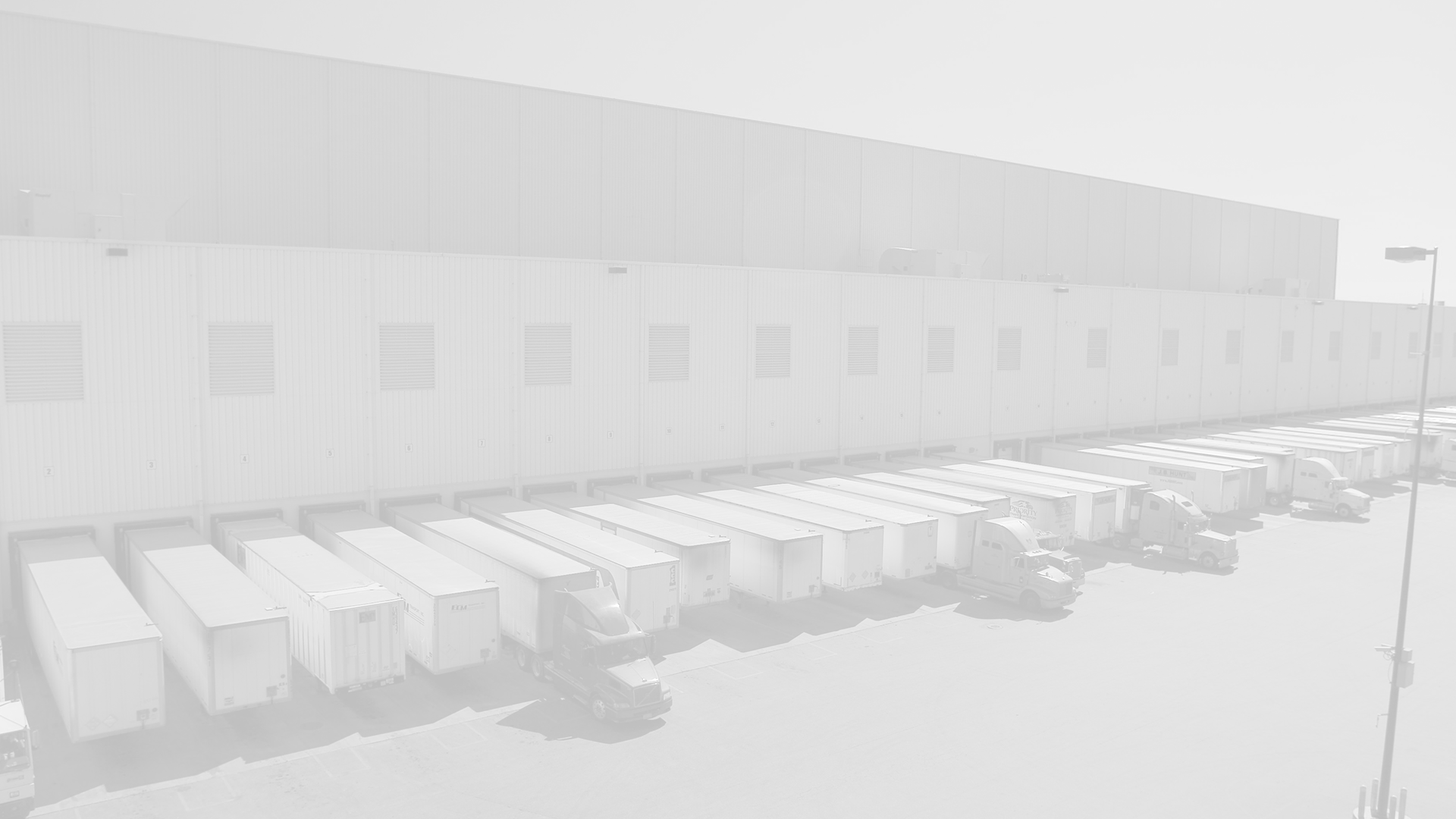When eCommerce first gained a lot of volume, retailers built dedicated warehouses to ship orders. This process resulted in the creation of two inventory pools, one for online, and one for in-store. Often these two inventory pools are separated by a firewall, and cannot communicate. This makes for a frustrating experience as a shopper; how many times have you gone to the store to purchase something you saw online, only to have the store be out-of-stock and unable to order it for you?
Some retailers, especially in the fashion world, have crossed this divide, allowing you to reserve items in-store for pick-up, or drop shipping out-of-stock product directly to you. These methods are not without their own challenges; real-time inventory reconciliation, order flow, and other processes are in their early stages, and still need to be worked out. Grocery retailers are beginning to face some of these challenges as they implement click and collect or home delivery programs, and must decide if orders are picked from in-store, DC’s, or “dark stores.”
A Single Inventory for Both ‘Bricks & Clicks’?
By Frank Cavallaro, Founder & CEO, Fronetics Strategic Advisors
The trends favor a centralized inventory under one roof, but the question whether it is the most effective response to the challenges of multi-channel distribution persists.
Facing pressure to manage escalating costs while fulfilling an increasing number of multi-channel orders, some companies are applying the kitchen sink-strategy in the hopes of finding that one miracle solution.
Whether they are investing in new software, new technology, or combining traditional approaches, the search is on for a procedure to respond to the challenges of multi-channel distribution. Forty-nine percent of distribution companies consider it a top priority, according to a study by Modern Materials Handling.
In this second part of our series on the evolving distribution environment, we highlight two emerging trends outlined in a recent study by the Peerless Research Group:
- Bringing outsourced volumes back in-house
- Performing multi-channel distribution within a single facility
These trends are summed up by the observation of one chief operating officer, one of 55 top apparel retailers and distributors who participated in the Peerless study, “Our centralized inventory makes it easy to move products between channels. The same inventory supports both Bricks & Clicks.”
But a senior director of IT systems also points out: “Servicing multiple channels from the same facilities adds tremendous complexities to the systems.”
The new reality has turned the traditional way of doing things on its head. Not long ago, outsourcing e-commerce fulfillment to third-party logistics (3PL) providers or, at the very least, keeping two independent facilities, devoted to either e-commerce or brick-and-mortar store replenishment appeared to make sense. But maintaining duplicate inventories and software systems became too costly and cumbersome for some.
A growing number of companies are instead opting for a single inventory in a single facility, serving orders coming in from multiple channels.
Although they cite advantages such as reduced shipping and inventory costs, improved flexibility, and greater adaptability to seasonal changes and shifts in volumes between sales channels, the model is far from perfect. Issues of process flow and inventory management are works in progress, prompting some to take a “wait-and-see” approach before overhauling their entire distribution system.
But there are stories of success. Vera Bradley, the designer and manufacturer of quilted women’s handbags and accessories, showcases how an entire distribution center can be constructed to support multi-channel growth. The poster child for multi-channel distribution done right, the company operates a new 400,000-square-foot distribution facility near its corporate headquarters in Fort Wayne, Ind.
Bear in mind that only seven years ago, Vera Bradley was outsourcing online order fulfillment to a 3PL while wholesale distribution was done in-house at a 40,000-square-foot facility. When the company in 2010 debated whether to build a second distribution center, a network study showed adding space to an existing facility was a better option based on growing sales and sales channels.
Opened in 2012, the facility handles wholesale distribution to specialty retailers; wholesale distribution and value-added services for national retailers; store replenishment to the company’s expanding chain of retail and outlet stores; and, finally, the online fulfillment business.
The renovation brought significant improvements; for example, the number of inbound containers processed during a 24-hour period shot up from six to 39.
What types of companies do you think have the most to gain from creating a single distribution channel for handling multi-channel orders?

